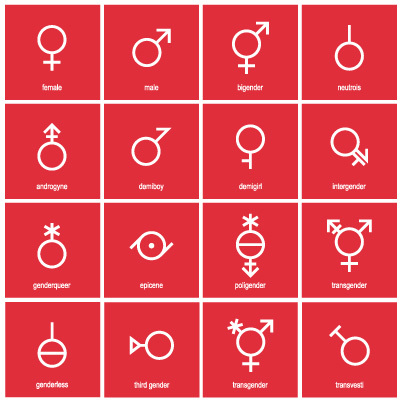Le contenu créé par les communautés et les groupes de travail est accessible dans la version originale seulement.

À propos de nous
Infoway Sex and Gender Working Group
Infoway's Sex-Gender Working Group (SGWG) has been convening since 2019 to modernize gender, sex and sexual orientation (GSSO) information practices in Canada. Meetings are held on the fourth Tuesday of each month at 12 ET / 9 PT for one hour.
The SGWG was established with the support and participation of Canada Health Infoway, the Canadian Institute for Health Information, the Candian Health Information Management Association, the University of Victoria, Canadian jurisdictions such as Nova Scotia, British Columbia, Ontario and many others. Since then, we have grown to well over 100 registrants who continue this work through regular collaboration, research and discussion.
In early 2021, the SGWG produced "A Proposed Action Plan to Modernize Gender, Sex and Sexual Orientation Practices in Canadian EHRs" which lists seven primary aims. These aims form the foundation for this ongoing work.
Bring your knowledge and experience to this working group to develop an implementation strategy to modernize sex and gender information practices in EHR systems in Canada.
Additional details:
- Meeting notes and documentation can be found in the Documents folder.
- Registration is required for this working group, and registration is valid for all future sessions.
- A draft agenda will be posted to the group forum about five days in advance of the meeting.
- Please register for an InfoCentral account and subscribe to receive notifications from the forum and other group activities.
*Note: Group icon represents different sex and gender identities but is not inclusive.
Activité
Événements
Événements à venir :
| Mar Mai 27 @12:00PM - 01:00PM Sex-Gender Working Group |
| Mar Jui 24 @12:00PM - 01:00PM Sex-Gender Working Group |
| Mar Juil 22 @12:00PM - 01:00PM Sex-Gender Working Group |
Forum
Documents
Cliquez sur « Gérer des documents » pour :
- voir la liste complète des documents ou les dossiers regroupant les documents
- téléverser un nouveau document
2020 Sessions ( 0 Document )
2021 Sessions ( 0 Document )
2022 Sessions ( 0 Document )
2023 Sessions ( 0 Document )
2024 Sessions ( 0 Document )
2025 Sessions ( 0 Document )
Action Plan ( 1 Document )
CIHR Planning Project ( 0 Document )
GSSO Terminology Workstream ( 0 Document )
ISO Documents ( 0 Document )
This folder holds working and in-progress research and documentation which outlines outdated GSSO content that is considered harmful.

